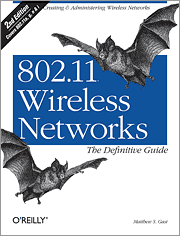Much fun was had learning about the difference between BIOS and UEFI booting, with the help of a Fedora 17 live USB: booting a BIOS system with this gives you syslinux, but a UEFI laptop loaded GRUB with a broken set of configurations. A few internet searches told us this was a known problem, and we were able to fix the UEFI booting.
We also spent some time diagnosing CUPS and wireless driver problems, and discussing the implications of Google’s recent announcement that is supporting OAuth 2.0 authentication for several of its APIs.


